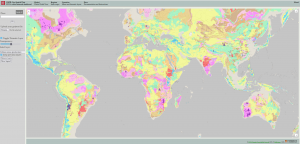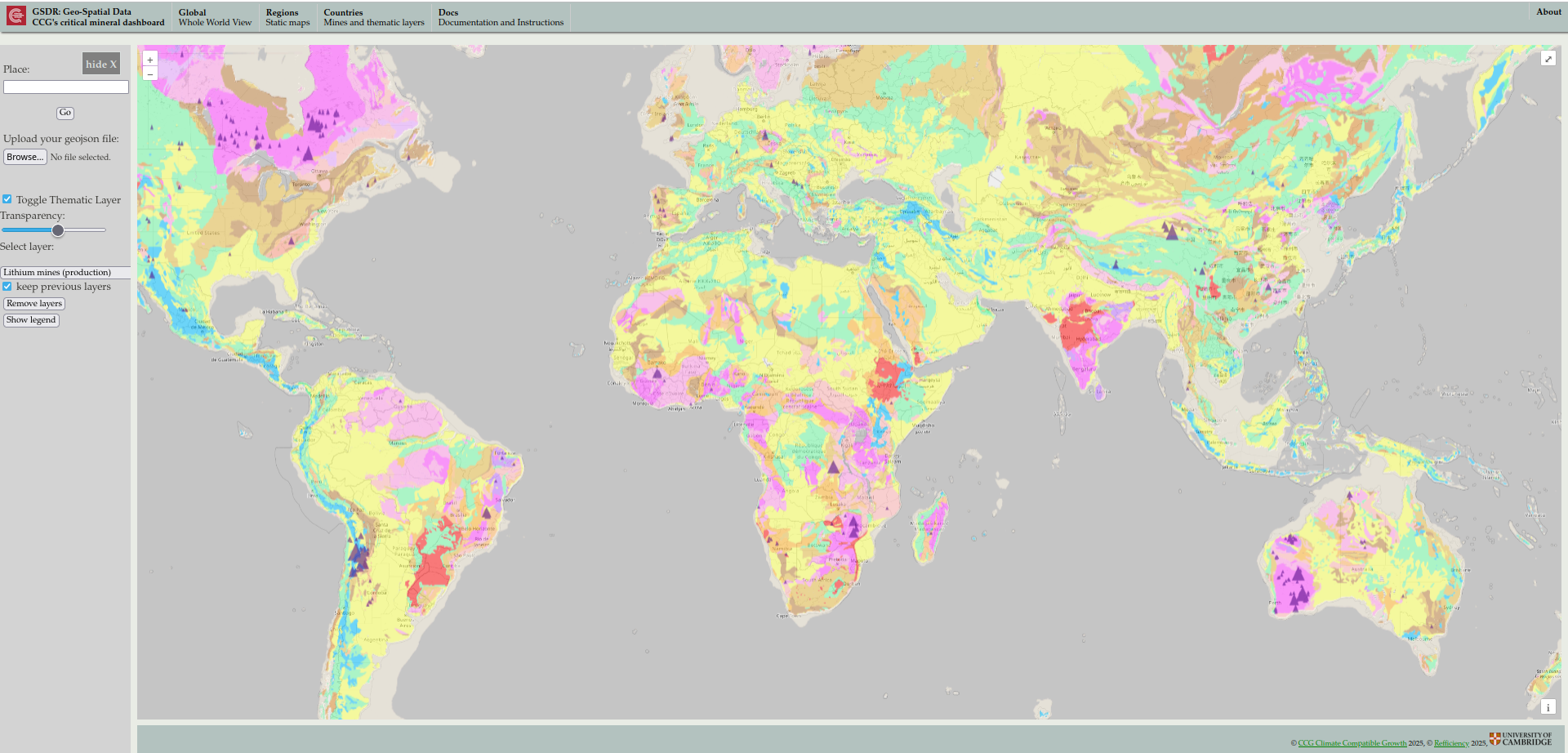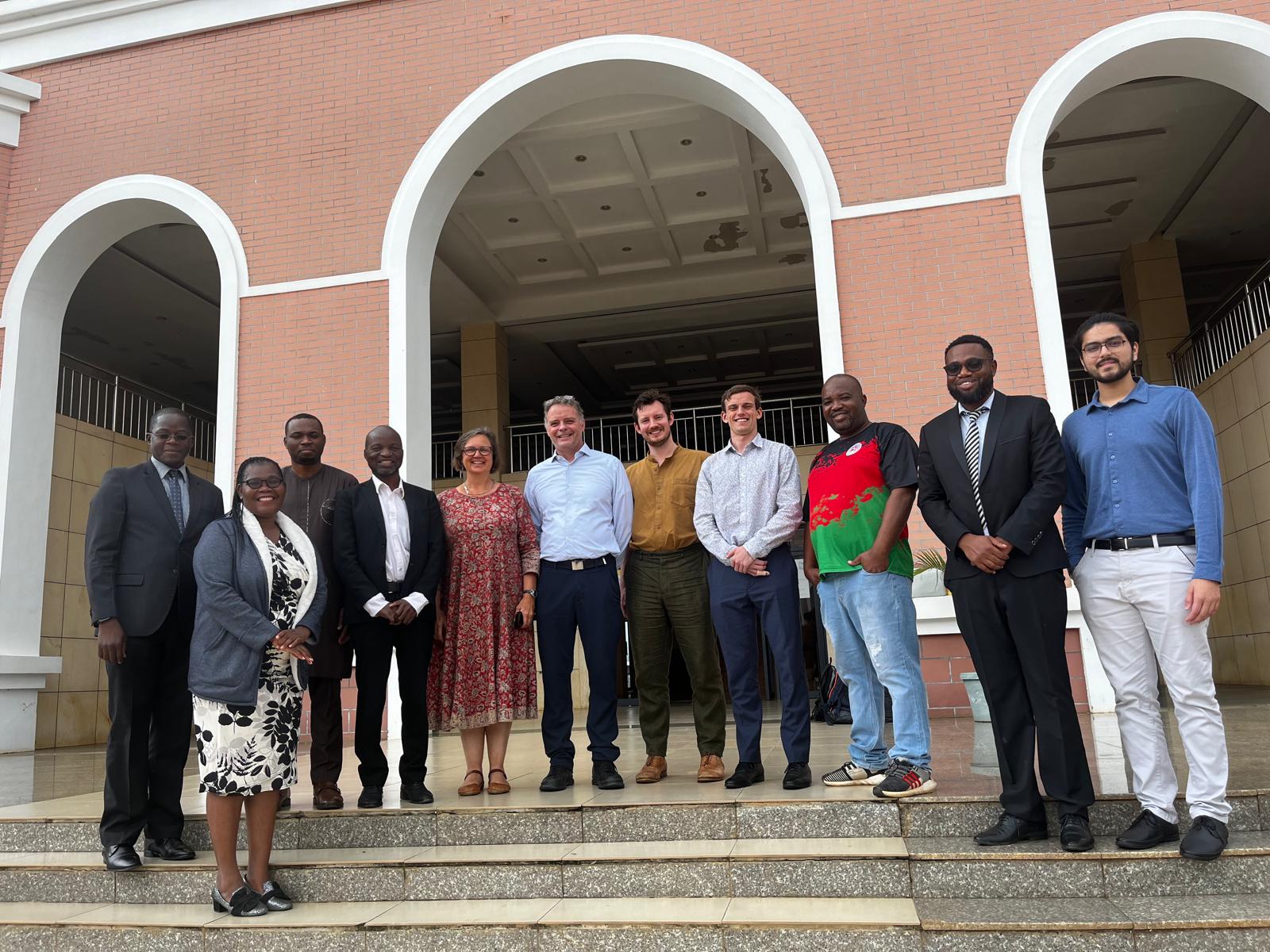#Trending: Information and misinformation about climate change on social media.
This week, the IPCC released its AR6 Synthesis report, with key graphs displaying worrying trends in global temperatures. The next day, #ClimateScam was trending on twitter in the UK. And this dual circulation of information and misinformation around AR6 is not a one-off. Just a cursory browse of the comments beneath social media posts about climate change will quickly reveal a clamour of polarised voices: some in fervent agreement, others in scepticism and vehement dissent. We live in a society that is increasingly divided and in which fake news spreads quicker than the truth. This makes it more difficult than ever to wade through the misinformation and hostility and communicate well about issues like climate change.
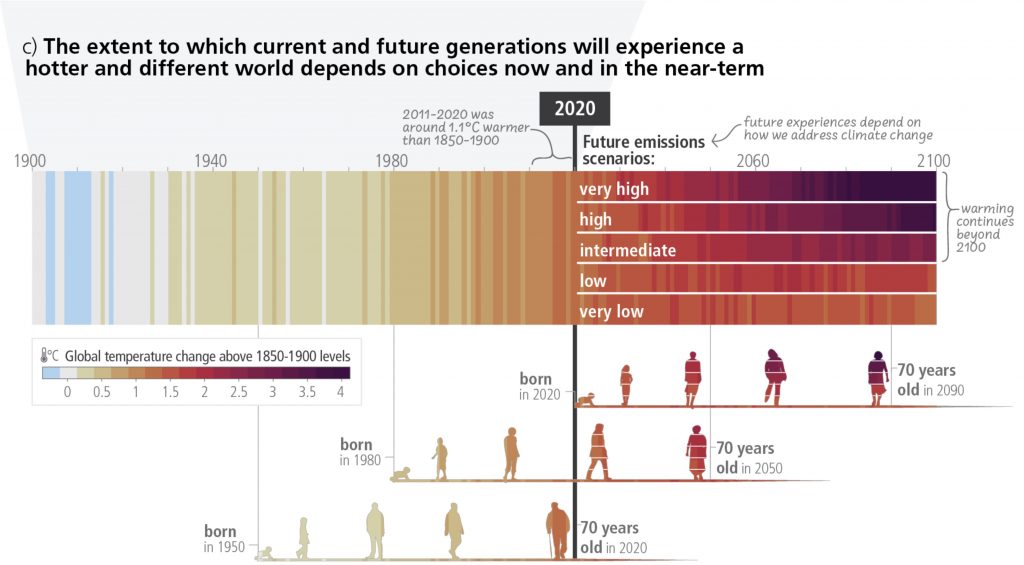
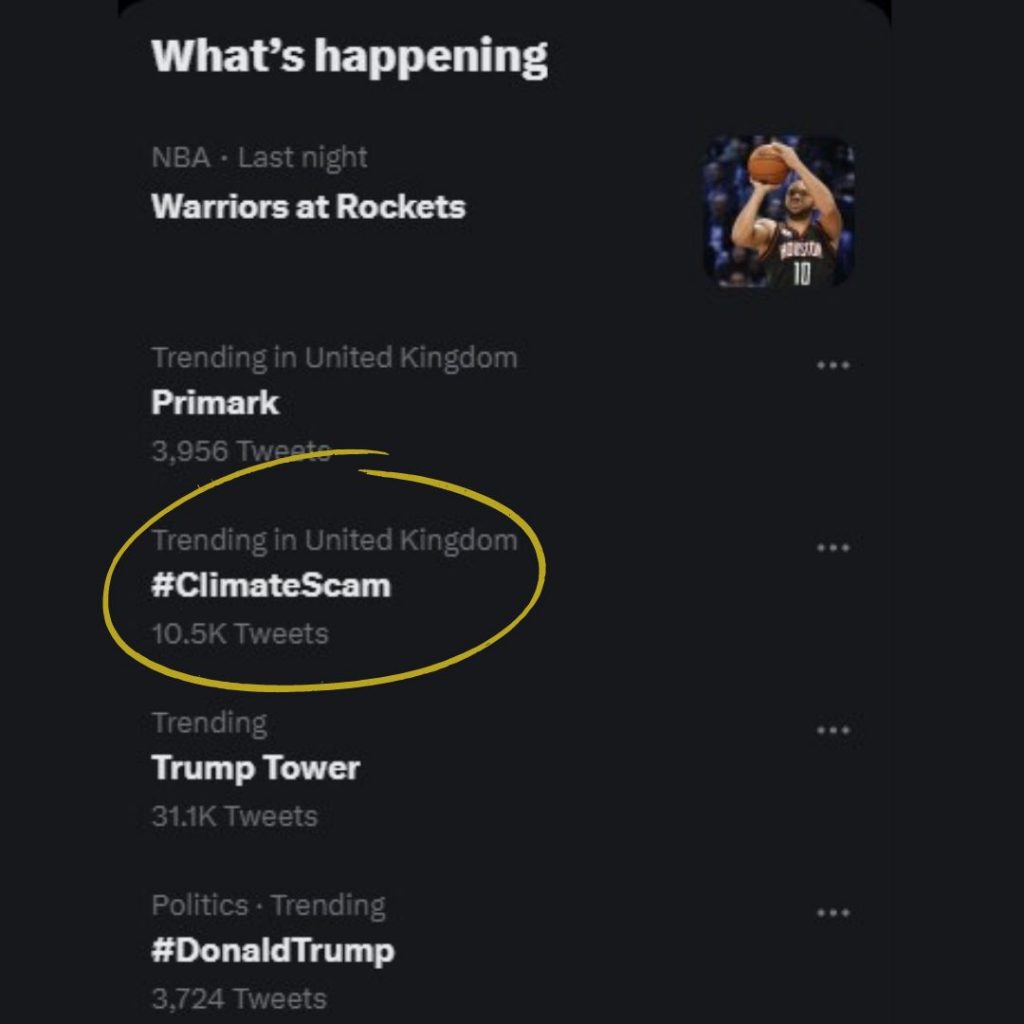
Responses to the recent IPCC report are a classic example of this, but it happens all the time. Across social media platforms, we find proponents of heat pumps or solar panels or green hydrogen or carbon capture all posting news and statistics that suggest their favoured solution is the answer. My point here is not to weigh in on whether or not these technologies are as good as their backers claim. Rather, I want to demonstrate that how we leverage data and how we communicate about these issues really matters.
Unfortunately for scientists, it’s not just a question of producing high quality results. This is in part because humans tend to interpret evidence according to their existing assumptions and beliefs. We treat evidence that disagrees with our opinion with scepticism, but we often uncritically accept evidence that backs up our views. This phenomenon is commonly referred to as ‘confirmation bias.’
In fact, studies have shown that in some cases the very same piece of evidence can be interpreted differently by different people depending on their prior beliefs. An investigation into public perceptions of the extremely cold winter of 2010 found that people who were already sceptical about climate change interpreted the unusually frosty weather as evidence that the world was not warming. But people who did believe in climate change saw the cold winter as evidence that climate change was causing greater extremes in weather. Their study also suggested that people’s pre-existing beliefs about climate change were related to their even deeper beliefs about the way the world works.
So how do we engage with other people in person and on social media in meaningful conversations about the environment when our minds seem to already be set and evidence on its own isn’t enough?
It appears that how we say things is important, not just what we say. And I think this makes intuitive sense to us too. Think about the last time someone tried to change your mind about something. How did they try to persuade you? What was its effect?
Sometimes the very way people go about trying to make their case is enough to make us want to disbelieve them before we’ve even heard it. I can think of a few people who I am predisposed to disagree with because of the way they assert their opinions (though this may of course be partly down to my own attitude!). But a humbler, more positive approach can often encourage me to go away, think some more, and consider the evidence more fully.
So how do we communicate well about contentious issues, such as the way we tackle environmental issues, or whether or not they exist at all, without just alienating or speaking past one another? It’s not straightforward, but here are a few ideas that could help:
- We can try to treat all evidence with the same level of healthy scepticism before we accept or share it. This is hard because our instinct is to yield to the confirmation bias that we are all prone to, but it sets a good example to others and helps us to have integrity in conversations about difficult or controversial issues like climate change.
- Listen to other people and read their articles – not just in order to come up with a clever rebuttal, but in order to really understand why they think what they do, and what is important to them. Getting to the heart of what people value and fear is vital if we are to get beyond combative exchanges of 140 characters and break out of our echo chambers.
- Communicate with hope and imagination. We often need to show people that they want something to be true before they are willing to really consider whether or not it is true. This means emphasising the capacity for things to be different in a good way, as well as the difficulties we face.
- Tell a story, rather than expecting the facts to speak for themselves. Stories have a great power to engage our emotions as well as our minds. We are much more likely to remember and be impacted by a story than just a number or a chart. Combining powerful visuals with powerful narratives can help scientists bring their data to life.
What else have you found effective in communicating well about sustainability issues online? What would it take for you to change your mind on something like climate change?
At Refficiency, our research is largely focused on how our systems and societies can be transformed to produce fewer carbon emissions and exert less strain on the planet. We consider what we need to do to reach net zero, which technologies and policies will be required, and how we might need to learn to live differently on the earth. You can find the papers published by members of the group in the publications section of our website. And if you get a chance, message us to let us know how we’re doing at communicating our research and any ideas you have about how to do it more effectively.
Photo credit: sustainability

